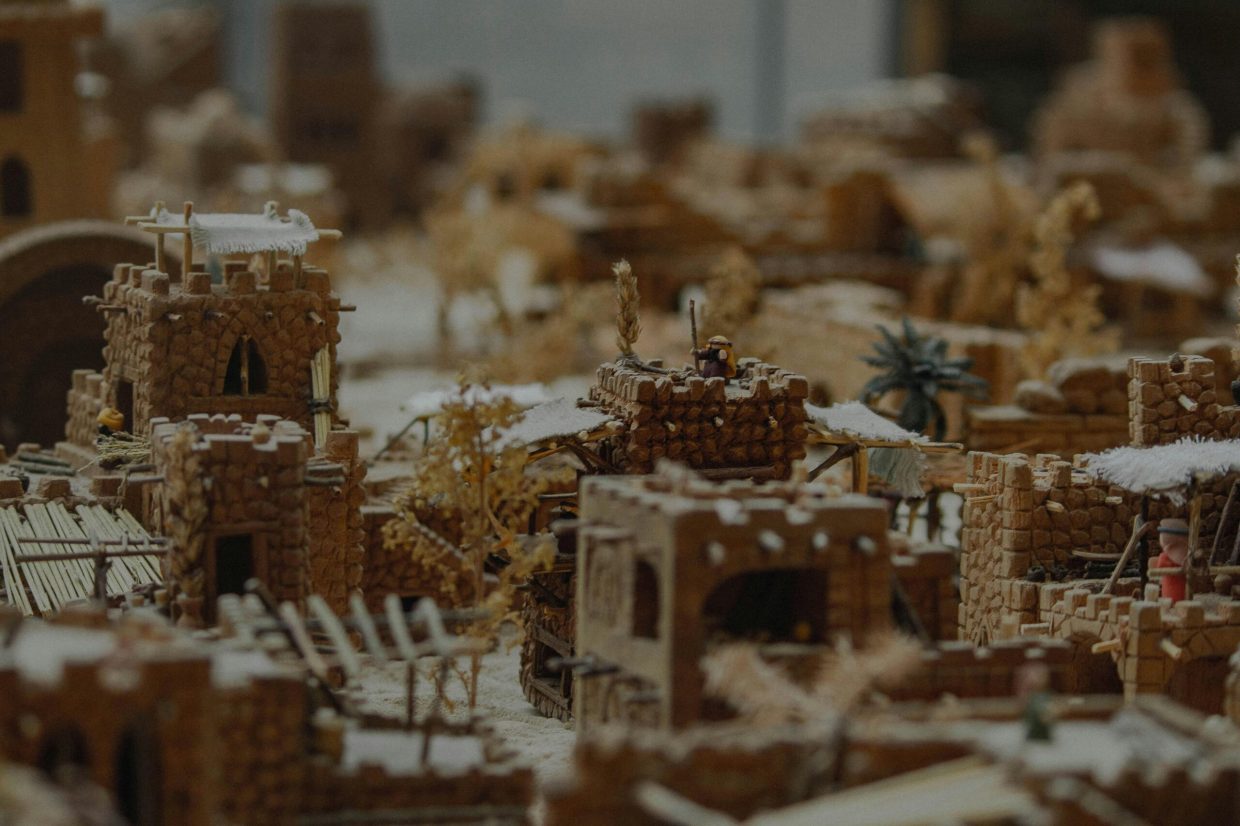War has a way of leaving its mark—not just on people, but on the places they call home. Cities, with their bustling streets and iconic skylines, often bear the brunt of conflict in ways that reshape them for generations. From shattered buildings to redesigned neighborhoods, war transforms urban landscapes in surprising and sometimes lasting ways. In this article, we’ll explore how the chaos of war can lead to both destruction and reinvention, changing the face of cities around the world. So, let’s dive in and uncover the stories behind these dramatic urban makeovers!
Table of Contents
- Understanding the Impact of War on Urban Architecture
- Rebuilding Strategies for Resilient Cities After Conflict
- Preserving History While Embracing Modern Urban Design
- Community-Led Approaches to Healing and Revitalization
- To Wrap It Up
Understanding the Impact of War on Urban Architecture
When conflict erupts, the tangible fabric of cities often becomes one of the most visible casualties. Urban architecture, shaped over decades or even centuries, is abruptly interrupted—buildings reduced to rubble, streets scarred by destruction. However, this devastation also acts as a catalyst for intense creativity and reinvention. Cities emerge from the ashes with a new identity, incorporating innovative designs that reflect both resilience and remembrance. The remnants of war-torn structures tell stories of survival and loss, prompting urban planners and architects to reconsider not just aesthetics but functionality, safety, and community healing.
The transformation of war-affected urban areas involves several key processes:
- Adaptive reuse: Salvaging parts of damaged buildings to preserve historical memory while providing modern utility.
- Modernist interventions: Introducing contemporary design elements that symbolize progress and hope.
- Spatial reconfiguration: Redesigning city layouts to improve infrastructure resilience and social cohesion.
These evolving urban landscapes not only highlight the scars of the past but also serve as powerful reminders of a city’s enduring spirit and capacity to adapt in the face of adversity.
Rebuilding Strategies for Resilient Cities After Conflict
Revitalizing urban areas after a conflict requires more than just repairing physical damage; it demands a holistic approach that ensures communities can thrive sustainably. Prioritizing resilient infrastructure is key, from reinforcing public transportation networks to upgrading water and energy systems that can withstand future shocks. Equally important is engaging local residents in the planning process, fostering a sense of ownership and addressing the social fabric torn apart by war. Emphasizing green spaces and community hubs not only improves mental well-being but also helps stitch together neighborhoods fractured by conflict.
Successful city recovery hinges on integrated strategies that balance immediate needs with long-term visions. This includes:
- Adaptive reuse of damaged buildings to preserve cultural heritage while accommodating new functions.
- Implementing smart urban planning techniques to reduce vulnerability and encourage economic revitalization.
- Strengthening social cohesion through programs that promote dialogue, reconciliation, and inclusive governance.
The transformation of war-torn cities is a journey that combines resilience, innovation, and compassion—ultimately molding urban landscapes that are not only rebuilt but reborn.
Preserving History While Embracing Modern Urban Design
Cities scarred by war face a unique challenge: how to honor their past while paving the way for a vibrant future. Preserving historic landmarks and war memorials is essential not only to maintain a tangible connection to history but also to foster a shared cultural identity. Innovative urban planners have found creative ways to integrate these sites with contemporary architecture, using adaptive reuse to transform old buildings into dynamic community spaces without erasing their original character. This careful balance between preservation and progress creates an urban tapestry that tells the story of resilience and renewal.
The fusion of ancient and modern elements often involves:
- Restoring façades with modern materials that enhance durability while respecting original designs.
- Creating green public spaces around monuments to invite reflection and promote social connection.
- Incorporating smart technology to improve urban living standards without compromising historical aesthetics.
Such approaches not only safeguard valuable heritage but also inspire communities to cherish their collective memory as cities evolve — proving that progress and preservation can indeed walk hand in hand.
Community-Led Approaches to Healing and Revitalization
In the aftermath of conflict, cities often bear the scars of devastation, but it’s the people who breathe life back into their neighborhoods. Community initiatives are becoming powerful catalysts for healing, turning bombed-out spaces into symbols of hope. Local groups collaborate to reclaim public areas by planting gardens, restoring cultural landmarks, and organizing art installations that tell stories of resilience. These efforts do more than beautify—they foster a shared sense of ownership and collective memory, stitching together the social fabric that war has torn apart.
The transformation is rooted in empowerment, as residents lead decision-making processes and design revitalization projects that reflect their needs and dreams. Some inspiring strategies include:
- Participatory urban planning sessions that engage diverse community voices.
- Cultural heritage programs celebrating local history to reinforce identity.
- Skill-sharing workshops to rebuild infrastructure and provide employment.
- Youth engagement initiatives that encourage the next generation to envision a peaceful future.
By placing communities at the heart of restoration, cities not only recover physically but also nurture the social capital essential for sustained peace and growth.
To Wrap It Up
As we’ve seen, war doesn’t just reshape borders—it leaves lasting marks on the cities themselves. From shattered buildings to rebuilt skylines, urban landscapes tell stories of resilience, loss, and reinvention. While the scars of conflict are undeniable, they also spark opportunities for cities to evolve in unexpected ways. So next time you stroll through a city’s streets, take a moment to appreciate the layers of history beneath your feet—because every brick and boulevard has a story shaped by the ever-changing tides of war and peace. Thanks for coming along on this journey of urban transformation!













